Should the entire house be painted the same color? 4 creative color tricks that will surprise you
If you are thinking about whole house color schemes or whether you can mix and match colors, you need to start with the theory – here, experts share their wisdom around decorating with color
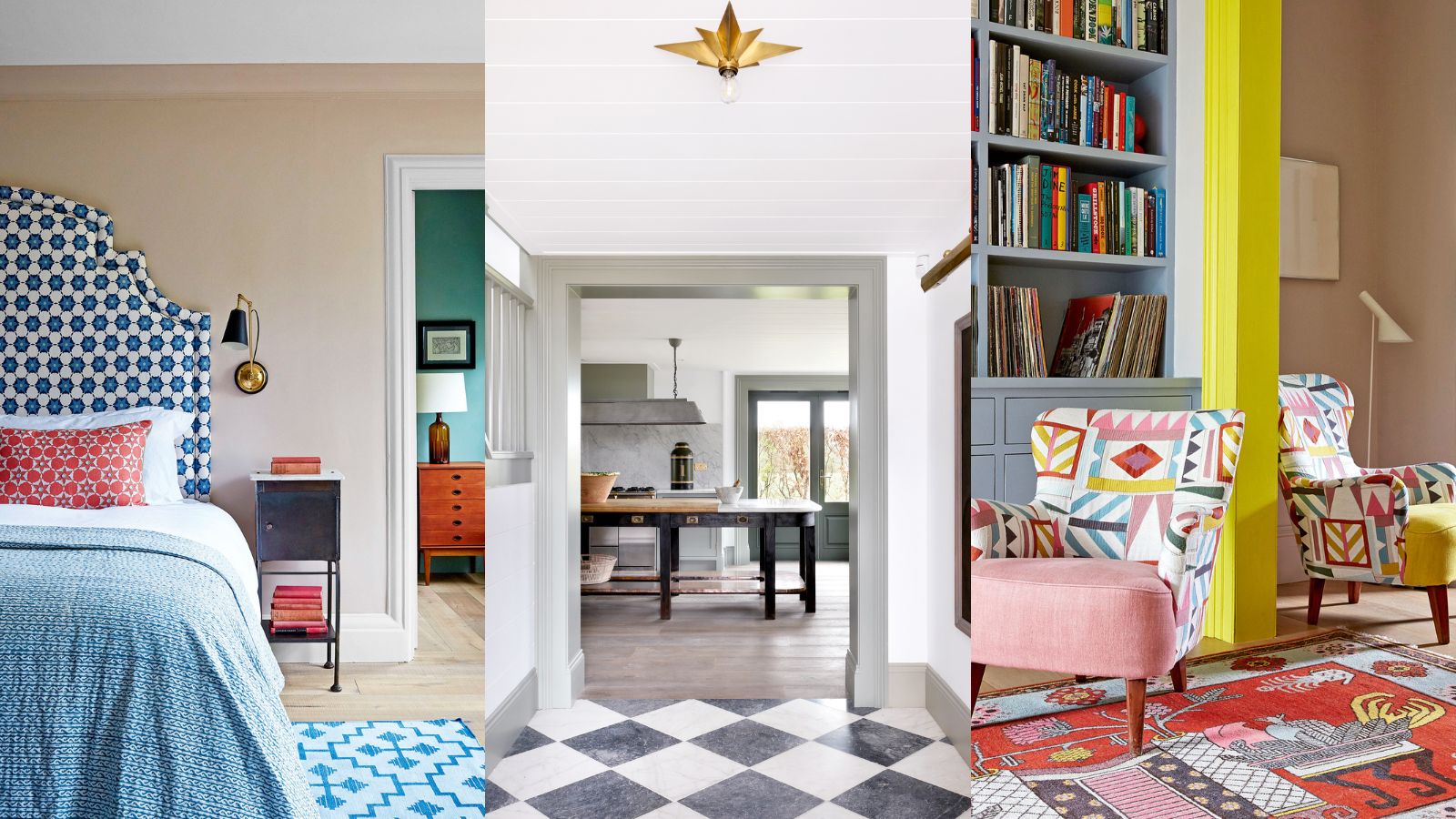

Should the entire house be painted the same color? The idea that you should only ever have one color throughout your entire home is a decorating myth that still exists, but that's not to say you shouldn't. It is not unheard of to see some of the world's best homes painted entirely in one color. After all, it is your house, so do what makes you happy.
If you are less conservative with your color choices, this thought may not have even crossed your mind, and you certainly should continue to embrace the many paint ideas and paint tricks on offer.
However, if you, like many of our readers, are confused by the endless color choices and their many subtle nuances, then let us guide you on how to choose paint colors for your home, whether you prefer a modern mix-and-match approach to your room color ideas, or want a cohesive whole house color scheme.
Here, we spoke to a few of our favorite designers and decorators to find out how to decorate an entire house with color with confidence, from using the color wheel to create strong color combinations in each room to painting a house entirely in one color.
Should the entire house be painted the same color?
Whether you should paint your entire home one color is an endless debate, and despite the pros and cons, there is no definitive answer to this color conundrum.
Most interior designers will say, as a general rule of design, that you should never paint your entire home one singular color. That isn’t to say that you can’t use the same color palette throughout your entire home. For example, if you love decorating with neutrals, then use different variations of this one color palette to create harmony and interest from room to room.
Here, we take you through some of our favorite home decor ideas that use color in a clever way.
1. Bring hues together with an unusual pairing
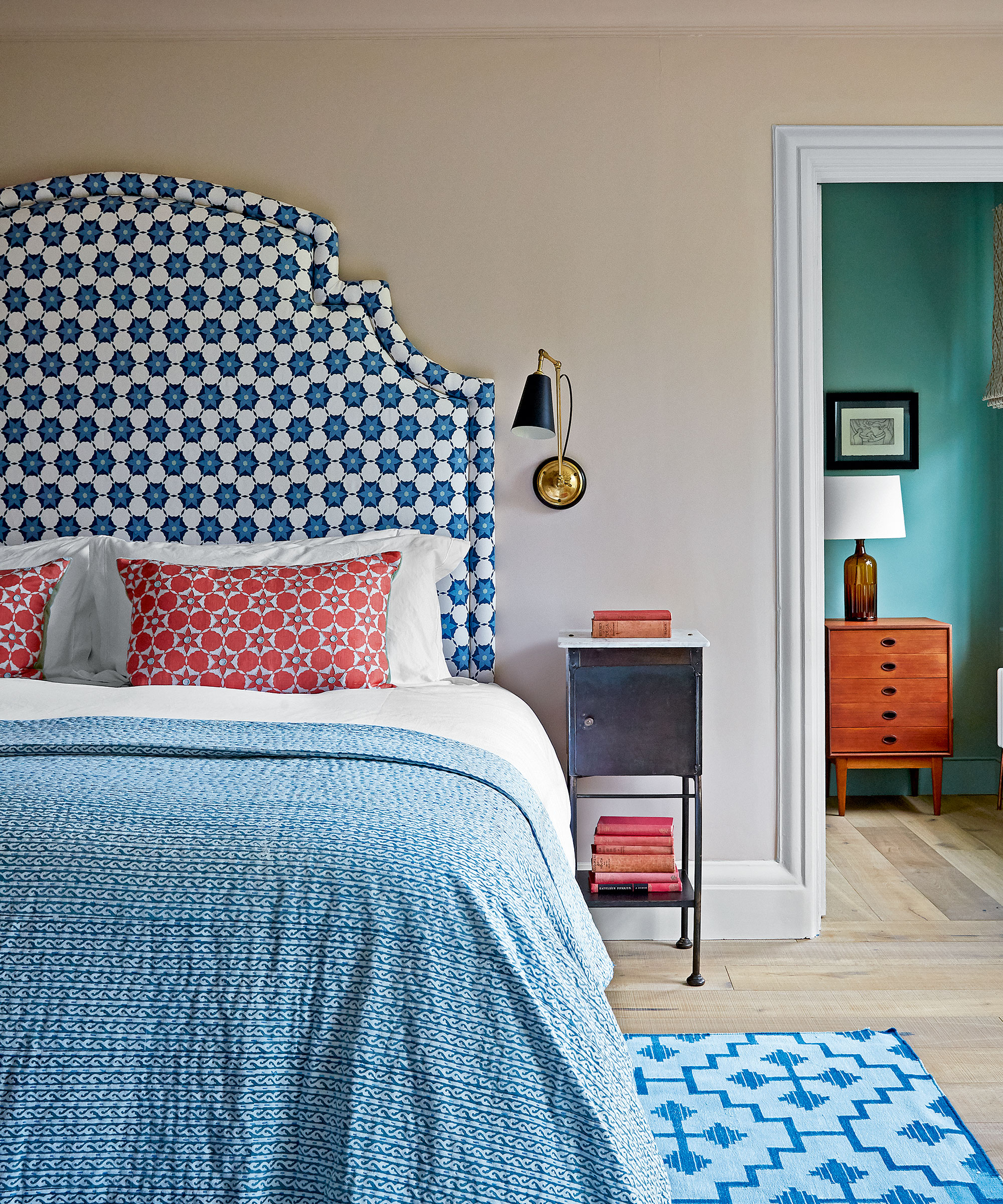
Decorators and designers will often say they don’t follow rules when it comes to decorating but something that is helpful to bear in mind is that colors never need to match, they just need to work together.
To achieve that balance, it’s helpful to bear in mind that one color can also be stronger than the other. Using a more unusual color pairing in a room will alter the atmosphere in the space, explains interior decorator Nicola Harding, founder of Nicola Harding & Co.
‘The greater the degree of contrast there is, the more drama there is in the room and when there is less contrast, the space is calmer.’ As a general rule of thumb, you want to include high contrast when you want a dynamic, high-energy feeling but this should be done in a space that you don’t spend lots of time in such as a guest bedroom, powder room, and rooms at home that aren’t in frequent use.
2. Use a whole house color scheme for cohesion and continuity
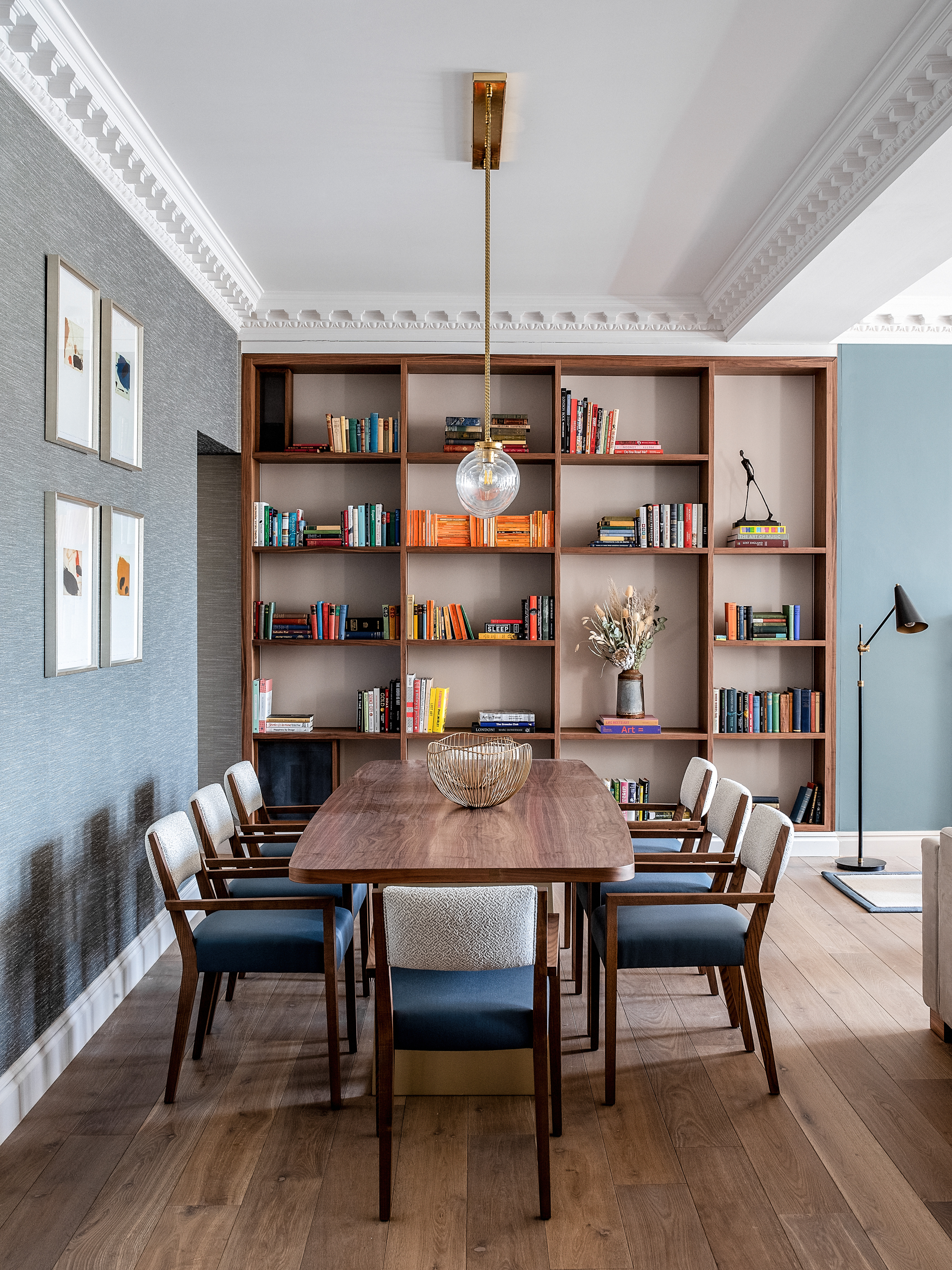
‘When an entire home is considered as "one" rather than a collection of individual rooms, there is instantly greater fluidity between different areas,’ says Sarah Ward, co-founder of Ward & Co.
‘A full color-schemed house doesn't have to be one static blanket color, instead, consider arranging the color of your choice into spectrums or seasons,' she says.
'Winter and spring lend themselves to cooler tones such as blues, greys, violet, and shades of white, whereas summer and fall offer up a rich palette ranging from pale neutrals to deep browns and hues of aubergine. Incorporating a spectrum approach is essential to ensuring that each room provides continuity whilst retaining its unique individual character. When each room complements each other in this way it can be hugely comforting and naturally creates a much calmer environment to live in, particularly when space is limited.’
3. Paint the entire house in one color for dramatic impact
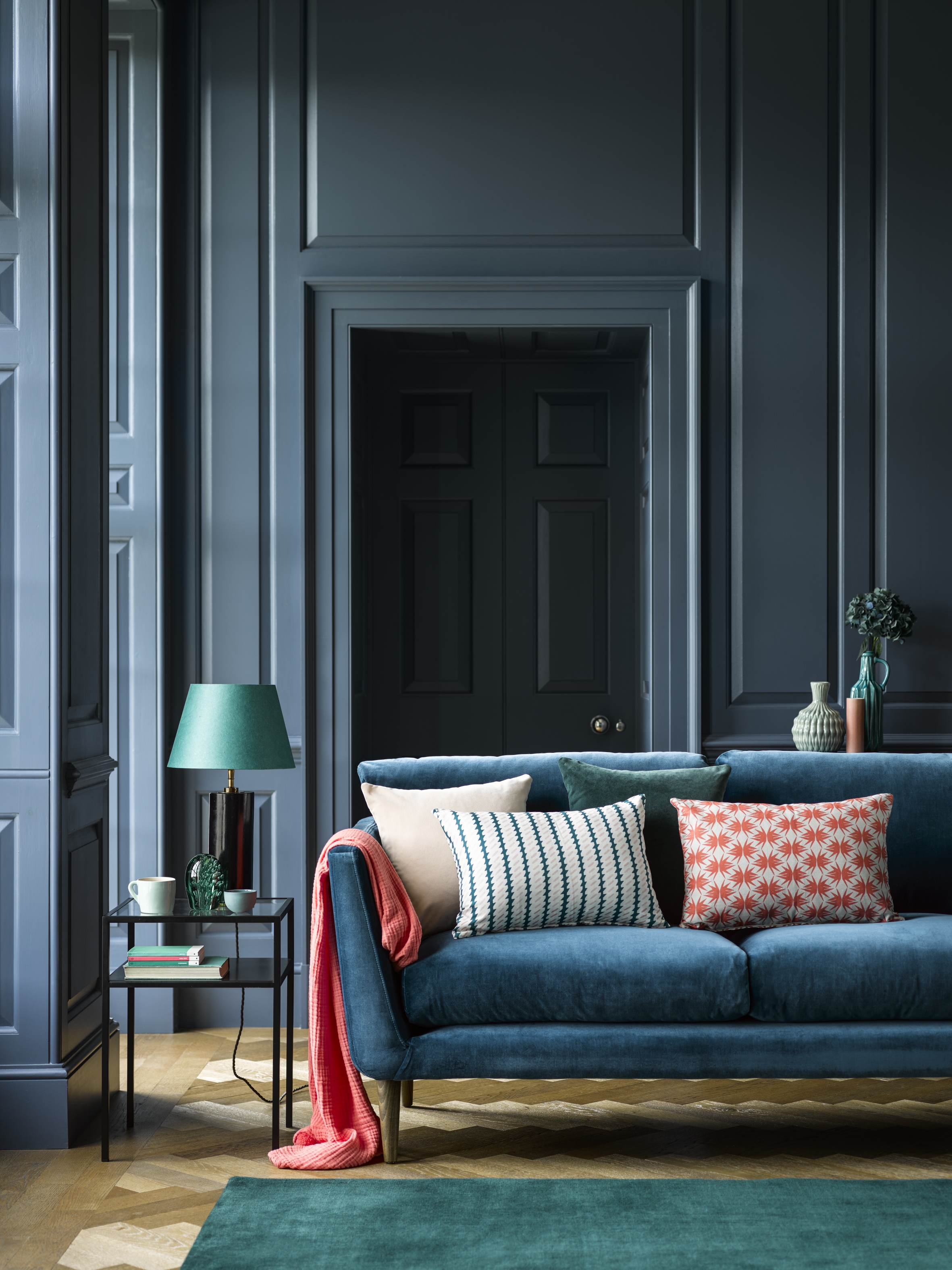
A whole house color palette needn’t be limiting – in fact, it can be quite liberating once you’ve chosen your primary color scheme.
Paint is the perfect way to transform a space easily, adding personality and character, says Ruth Mottershead, creative director of Little Greene. ‘Using on bold, vivid tone works well in rooms made for entertaining, or see a lot of activity, such as kitchens and living rooms. Bold color is also great for spaces with lots of light and can be used in bigger proportions without being “too much”.'
For a strong approach, embrace the color-drenching trend. This sees mid-strength tones, in just one or two closely related colors, used to create enveloping cohesive interiors that allow the color to be a focal point.
4. Use different colors to create 'zones'
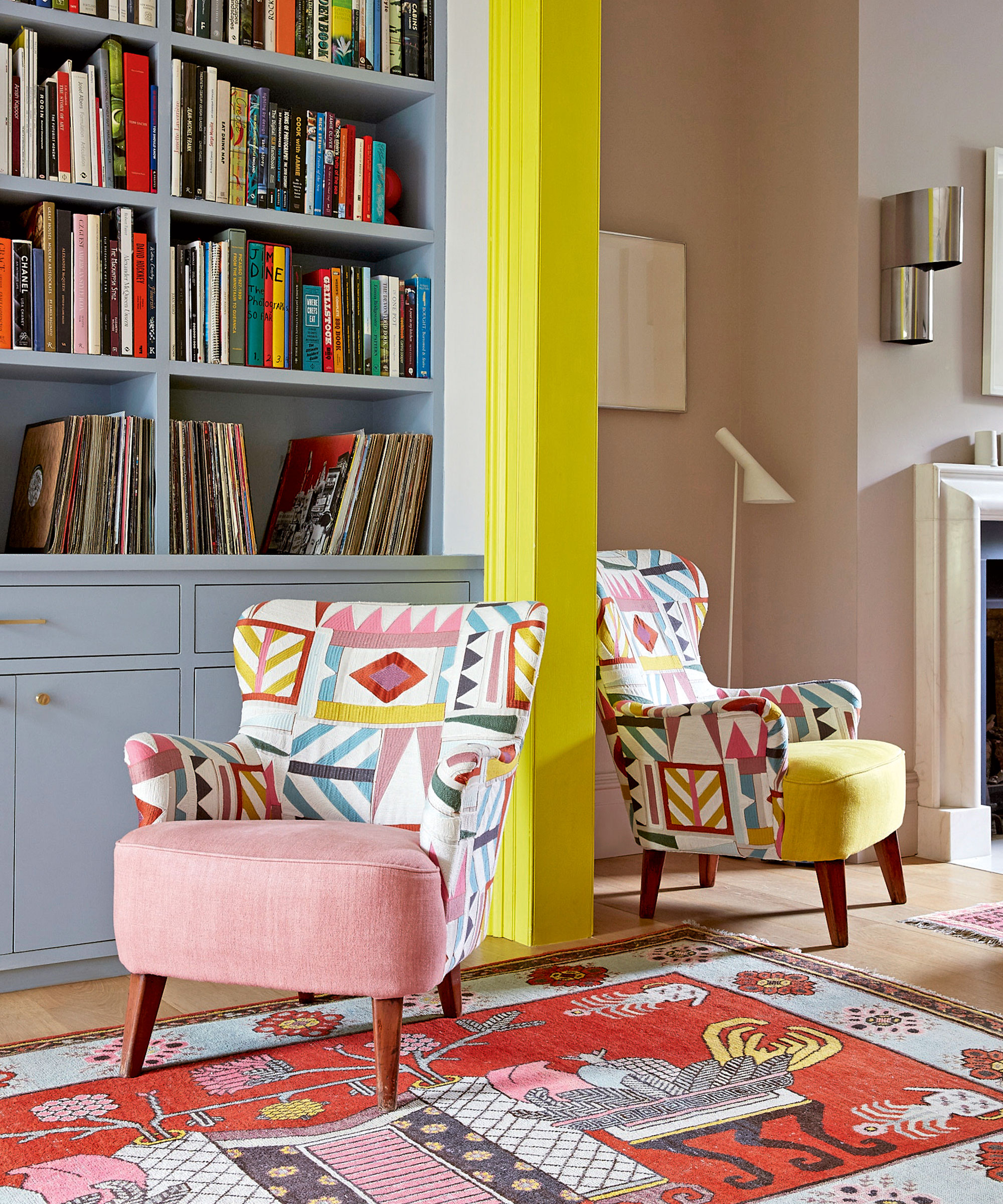
The benefits of painting your home using contrasting colors are endless. The addition of an accent color is a quick and easy way to transform a space, define an area, or highlight architectural elements, believes Ruth Mottershead of Little Greene. ‘If you’re lucky enough to have wonderful architectural details such as archways, moldings, or picture rails in your home, paint is the perfect way to highlight them to create a design detail.’
Here, the architrave in Suzy Hoodless’ home was painted yellow to create a division between the two rooms but also for some sunshine in the space and to lift the room, she says.
How many different colors should you paint a house?
Color theory in its entirety can be complicated but there are a few basic principles to help steer you in the right direction when it comes to using different paint hues, explains Patrick O’Donnell, brand ambassador for Farrow & Ball.
While the short answer is to can use as many colors as you wish, there are a few things to consider that might help you decide. Light is a key factor and should be at the forefront of your decision, and the best way to address this is by considering the aspect of the room.
‘As a general rule, the number of colors you use in a small or dimly lit room should be minimal, while a larger, brighter space may be able to take much more color, or many accent colors.
Sign up to the Homes & Gardens newsletter
Design expertise in your inbox – from inspiring decorating ideas and beautiful celebrity homes to practical gardening advice and shopping round-ups.

Jennifer is the Digital Editor at Homes & Gardens. Having worked in the interiors industry for several years in both the US and UK, spanning many publications, she now hones her digital prowess on the 'best interiors website' in the world. Multi-skilled, Jennifer has worked in PR and marketing and occasionally dabbles in the social media, commercial, and the e-commerce space. Over the years, she has written about every area of the home, from compiling houses designed by some of the best interior designers in the world to sourcing celebrity homes, reviewing appliances, and even writing a few news stories or two.
-
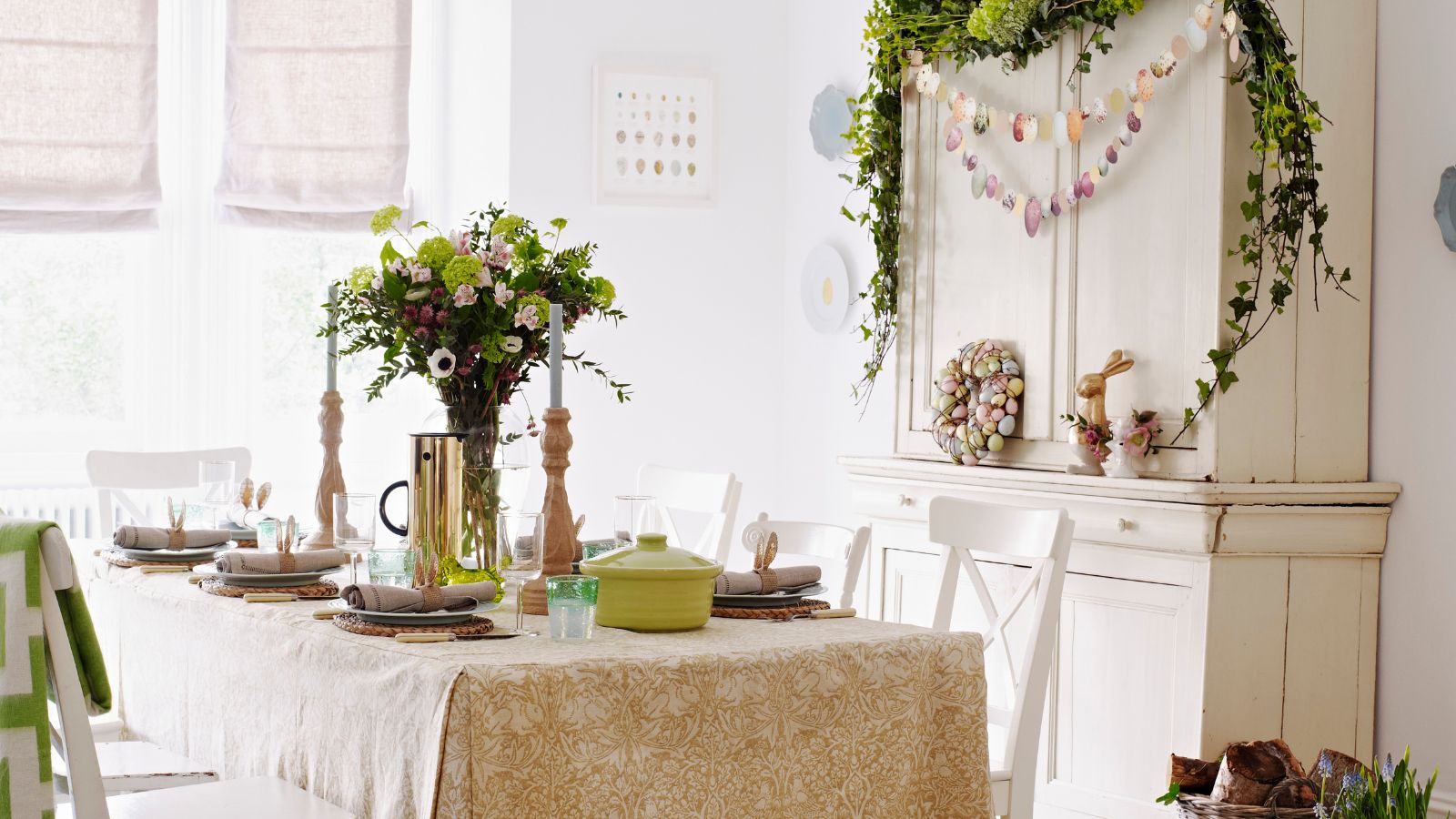 These five easy Easter place name ideas are too pretty not to try - here’s how to make them ready for Easter
These five easy Easter place name ideas are too pretty not to try - here’s how to make them ready for EasterThese easy Easter place name ideas are so simple that anyone can recreate them in time for the Easter weekend to bring personal touch to holiday hosting
By Katrina Harper-Lewis
-
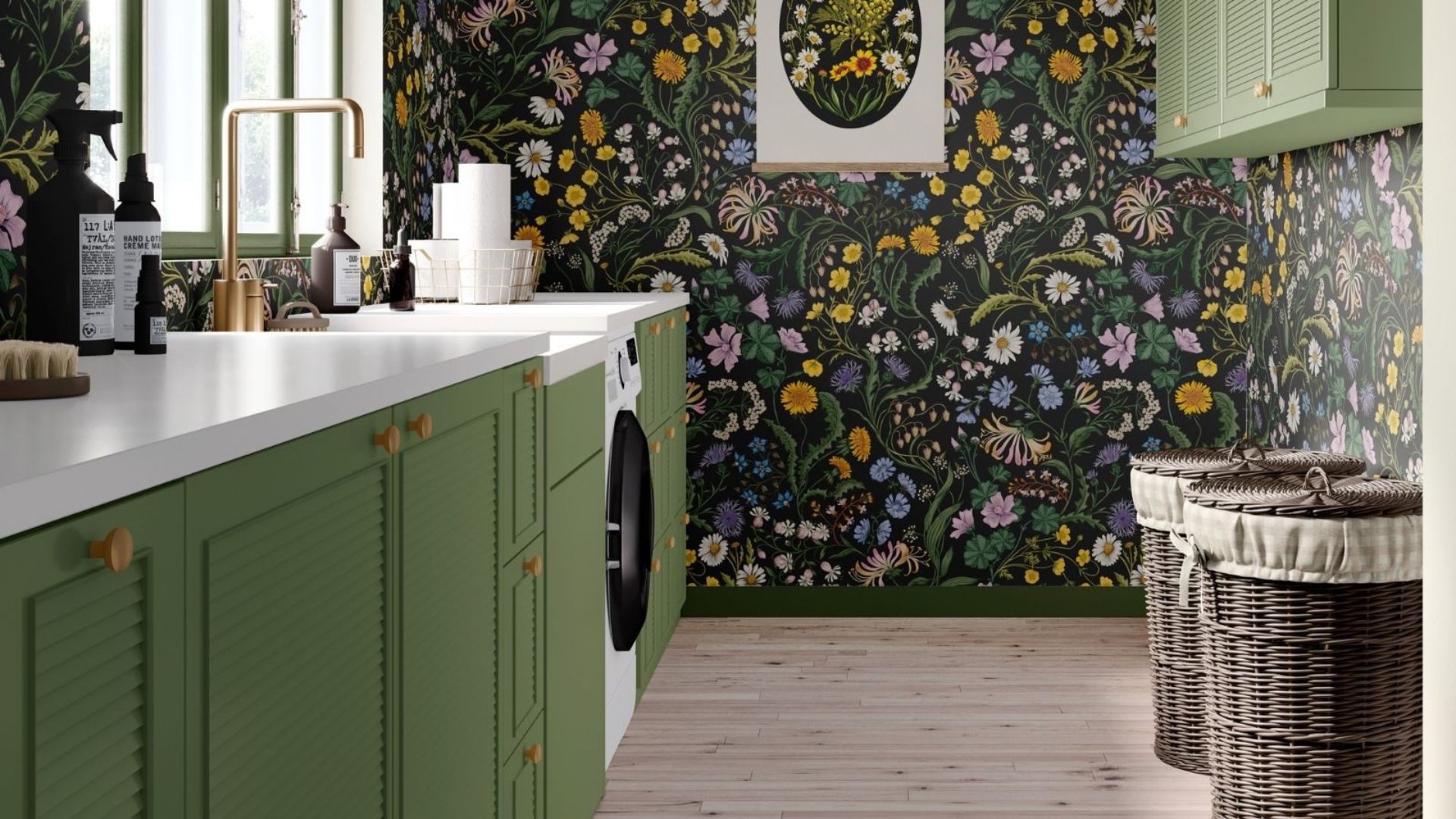 This laundry heap hack will do away with doom piles – here’s how to use it to prevent mess and speed up laundry
This laundry heap hack will do away with doom piles – here’s how to use it to prevent mess and speed up laundryThis method can help you put away your clothes in minutes
By Chiana Dickson
-
 7 dorm room organizing rules for less clutter and more space
7 dorm room organizing rules for less clutter and more spaceExperts offer their top tips for creating a well-organized dorm room, no matter the size, space, or layout.
By Ashley Chalmers
-
 How to maximize storage in a small or shared dorm room, according to pro organizers
How to maximize storage in a small or shared dorm room, according to pro organizersFind out all the hidden storage zones you might never have noticed
By Ashley Chalmers